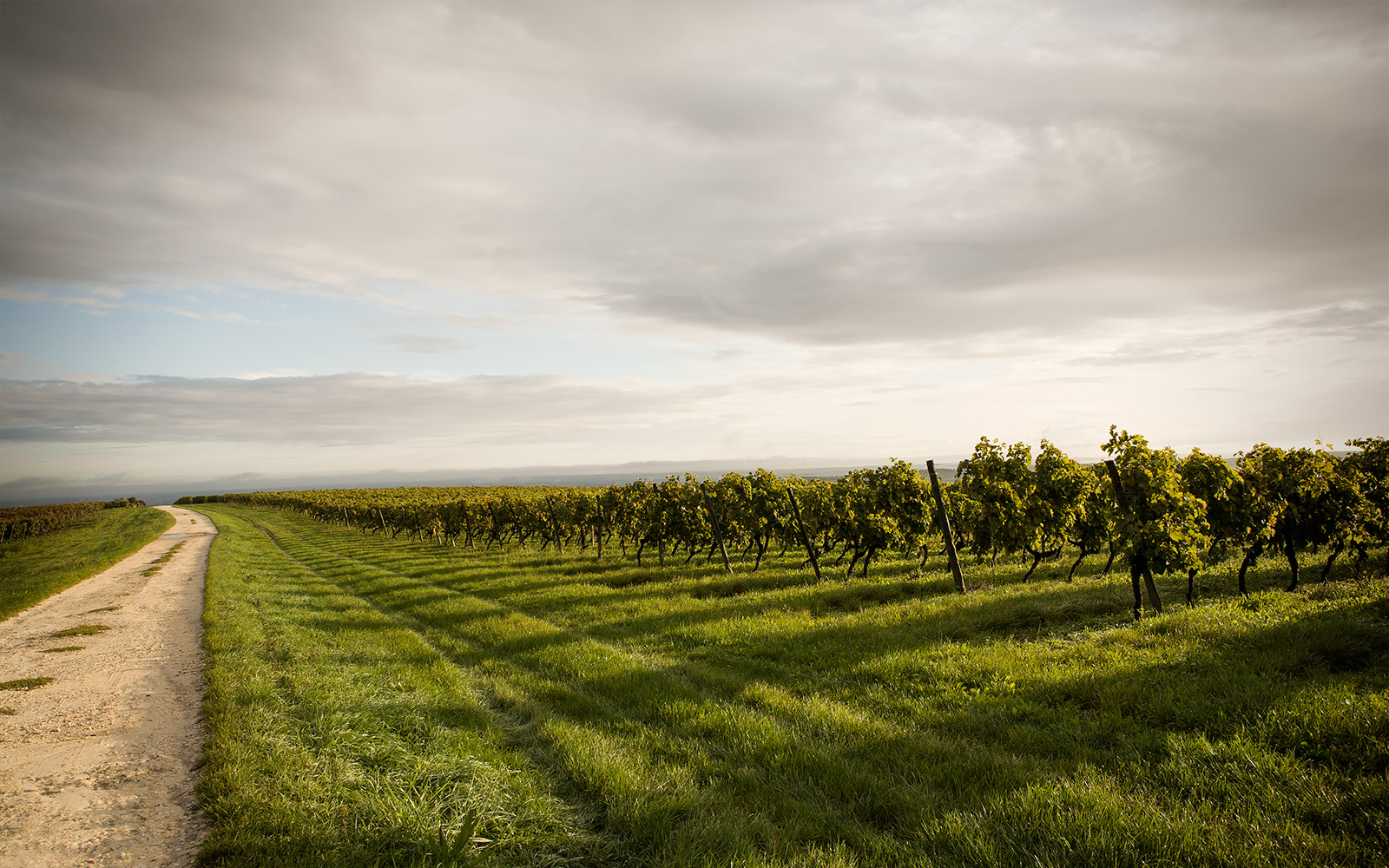Modern eating means to think globally and buy locally.
It can be a bit confusing, but from an eco-sustainable perspective we cannot disregard the global effects of what we do locally. Nor can we avoid acknowledging how the global environment affects us wherever we are. To consider this in a tangible way, think of your actions as affecting both the local and the global environment; and think of your consumption as supporting both whenever you choose to use local resources.
For example:
1. Choose foods that are locally grown. The more local the better, but allow yourself a range that makes sense for where you live. Farmers’ markets often have a 60-75 mile distance limit to be called local.
2. Choose foods that are in season (locally). When you choose foods that are not grown in season locally, they have to be flown in. That impacts not just our environment but actually also your health, since often compromises in quality are made to increase the ability of foods to travel.
3. Buy fresh produce and bulk items loose whenever available. This helps cut down on packaging, which turns into unnecessary waste.
4. Put your produce in your basket without the extra plastic bags. Less plastic, less waste. You can get cotton bags for the fridge that you can reuse instead. And bring your own shopping bag to the store. If you look in the resources and products section, you’ll find some great grocery shopping bags from my friend Minori and from Bee Bark and Moss.
5. Compost your kitchen garbage, and recycle the rest. Less waste means less global AND local pressure on the elimination channels. It is just like overeating. Too much just makes the whole system shut down.
6. Especially if composting isn’t available where you live, use garbage bags that are biodegradable so your compostable waste can decompose in the landfill rather than being sealed up in plastic.
7. Avoid using plastic bags in general. They drain our resources to produce, they add to the accumulation of waste that cannot break down for years, and they end up being ingested by wild life, with a painful death to follow.
8. Get a purifying filter on your faucet instead of buying bottled water, and get a non-plastic drinking bottle you can refill and bring with you.
9. Buy, cook, and eat only what you need. The rest is waste—unless you eat it as leftovers for tomorrow’s lunch.
Enjoy your eco-sustainable lifestyle.
p.s. You can learn more about eating in a way that supports all of this in the online program…

